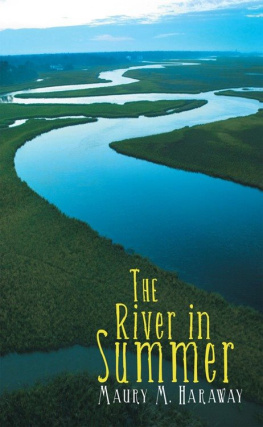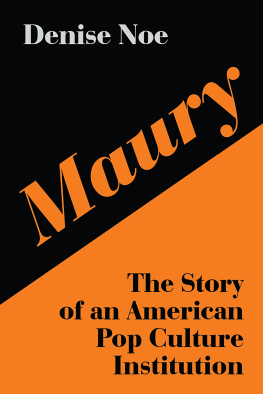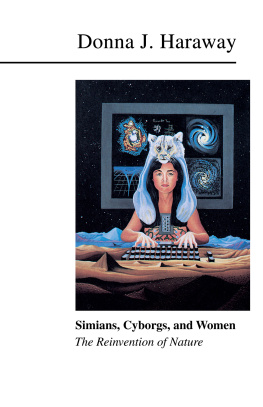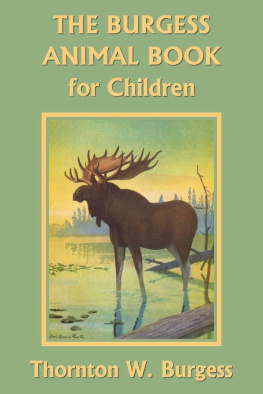THE RIVER IN SUMMER
MAURY M. HARAWAY

AuthorHouse
1663 Liberty Drive
Bloomington, IN 47403
www.authorhouse.com
Phone: 1-800-839-8640
2013 MAURY M. HARAWAY . All rights reserved.
No part of this book may be reproduced, stored in a retrieval system, or transmitted by any means without the written permission of the author.
Published by AuthorHouse 1/9/2013
ISBN: 978-1-4817-0495-3 (sc)
ISBN: 978-1-4817-0494-6 (e)
Any people depicted in stock imagery provided by Thinkstock are models,
and such images are being used for illustrative purposes only.
Certain stock imagery Thinkstock.
This book is printed on acid-free paper.
Because of the dynamic nature of the Internet, any web addresses or links contained in this book may have changed since publication and may no longer be valid. The views expressed in this work are solely those of the author and do not necessarily reflect the views of the publisher, and the publisher hereby disclaims any responsibility for them.
Contents
Eternity is in love with the productions of time.
William Blake
We live our lives in the changing seasons of the Earth around us. Members of our species once were alert to every nuance of change in their surroundings. Their survival depended on it, and this was still true up until a few hundred years ago. We were profoundly influenced by every season and every weather. But we made many discoveries and inventions that gradually gave us the appearance of lessening our dependence on the natural world that surrounds us. First we tamed fire, bringing our own light and warmth to the night. Fire brought comfort, but maybe almost as important, it brought security by keeping predators away from the camp or cave. Later, much later, we got candles, then whale oil lamps, then kerosene. Now, for a while, we have had electricity, providing heating and air conditioning and operation of a wide array of invented devices to keep us entertained and allow us to work or play throughout whatever hours we please.
How different it is when the power goes off! Consider not only the power gone but all batteries, all generators, and all devices dependent upon them. Weve only gone back about a dozen decades. But our lights are gone, to be replaced by candles. Our television is gone, our computers wont work. Theres no telephone. We are hard pressed to cook our food. Our refrigerated and frozen supplies are gone. The power that draws our water is gone. We cant get a drink. We cant even flush the commodes. What a difference with a mere loss of electric power! We have come a long way, indeed, from the majority of our experience as a species.
In this book I wish to turn my focus back to the natural environment that is our heritage and to the changing experiences that come with each season of the year. I want to look closely at the world in which our lives takes place, and to whose history we contribute.
Because the seasons flow one to another without pause, seemingly forever, we might pick any starting point we wish to begin the story. The tide of life never ceases, has no beginning or ending that we can imagine. To us it might as well be eternal, a continuing bounty going forward in beauty. Let us see if we can take a look at that beauty.
We are accustomed to a starting point for the year we have accepted for so long that it seems natural to us. It is the time we celebrate as New Years Daywhat we boldly take as the beginning of a new year. Its location was not chosen at random, and not exactly with reference to the seasons, either; for, in truth, it is located near the middle of winter. New Years Day, like the official schedule of the seasons, was not located according to variations of weather or of the seasonal activities of plants and animals. Rather these focal points of our calendar were chosen in reference to celestial events that never fail or vary.
The official beginning of winter is set at the occurrence of the shortest day of the year in what we call the Northern Hemisphere of the Earth, where the people who established the calendar we use lived. Up until that date (December 21), for six months, each day has become progressively shorter than the one before. After that date, the length of each day begins to grow progressively with the approach of spring.
Consider for a moment what a massive event the solstice must have been to primitive peoples. For months, the Sun was receding with each passing day, receding, going away, perhaps never to returnthe Sun, on which all life on Earth depends. But on that momentous day, the Sun began to return, growing stronger day by day until it prompted a rebirth of plant and animal life.
No wonder, then, the Winter Solstice became the most important time of celebration in the yearthe day the Sun came back, the day life began to grow again! No wonder it is at this time that we celebrate the birth of Jesus, and a few days later, the birth of a new year. Here comes the Sun! Happy New Year, we shout. The expression of the Japanese on this day conveys its significance even more plainly. Happy spring, they shout! Yes, happy spring! Here comes the Sun!
A New Year.
The sun rises clear and brilliant in the cold air of midwinter, spurring life in semi-dormant trees and stirring the animals of the day to action. We call this the opening day of a new year. In the yard around the house, a robin greets the new year with the caroling song of spring. His song matches the full sunshine but not the temperature, which stands at twenty-four degrees. Here at mid-winter, the robins song anticipates the spring, when his ability to perform it will determine the quality of the breeding territory he will be able to hold, the mate he will be able to attract, the start in life he can provide to his progeny.
It is a morning of heavy frost, yet many local animals are vocal and active in the first hour of daylight. A gray squirrel performs his territorial song nearby. It is none too musical, perhaps, but he sings it vigorously, maybe even proudly. His singing has a more timely connection with the season than the robins song, for January is one of two major annual breeding times for squirrels, and the more vigorous and assertive males in an area will account for most of the breeding done there, at least on the male side of things. His song asserts his boldness, his health and vigor.
Squirrel pups conceived now will be born in mid-spring, in coordination with an explosion of plant growth, a swelling of flower buds, and an inception of new seeds. Those conceived in the years second major breeding season will be born in early autumn, in time for the fall ripening of nuts and seeds. The major breeding times of squirrels allow for the offspring produced to be born at major times of richness in the food supply. Actually, squirrel courtship can occur successfully at all points between January and July; pups born of breedings that occur between those two major breeding times must emerge into the richness of summer, and so should still do okay.
Other birds are singing in the cold air and bright light. At least two of the small, gray, tufted birds called titmice repeat their clear whistles from separate locations, each proclaiming its own territory for the coming breeding season. The loudness of their songs contrasts with their small size. A cardinalmy grandmother called it simply a redbirdperforms one of his standard song elements, but it represents only a small portion of the rich and varied repertoire he will display in coming weeks.
Besides the robin that is caroling, many others are performing extended chirping calls that approach songlike complexity. Red-bellied woodpeckers are sounding their barking calls and a few of their more musical notes. Blue jays are making their loud jay calls and one other of their impressive menu of soundsa high-pitched, musical tinkle. A few large blackbirds are in the vicinity, restricting their comments to a few flat-sounding chips. These grackles, too, possess an impressive array of vocalizations, most of them raucous and only slightly musical, but often pleasing to the earat least to my ear.
Next page








